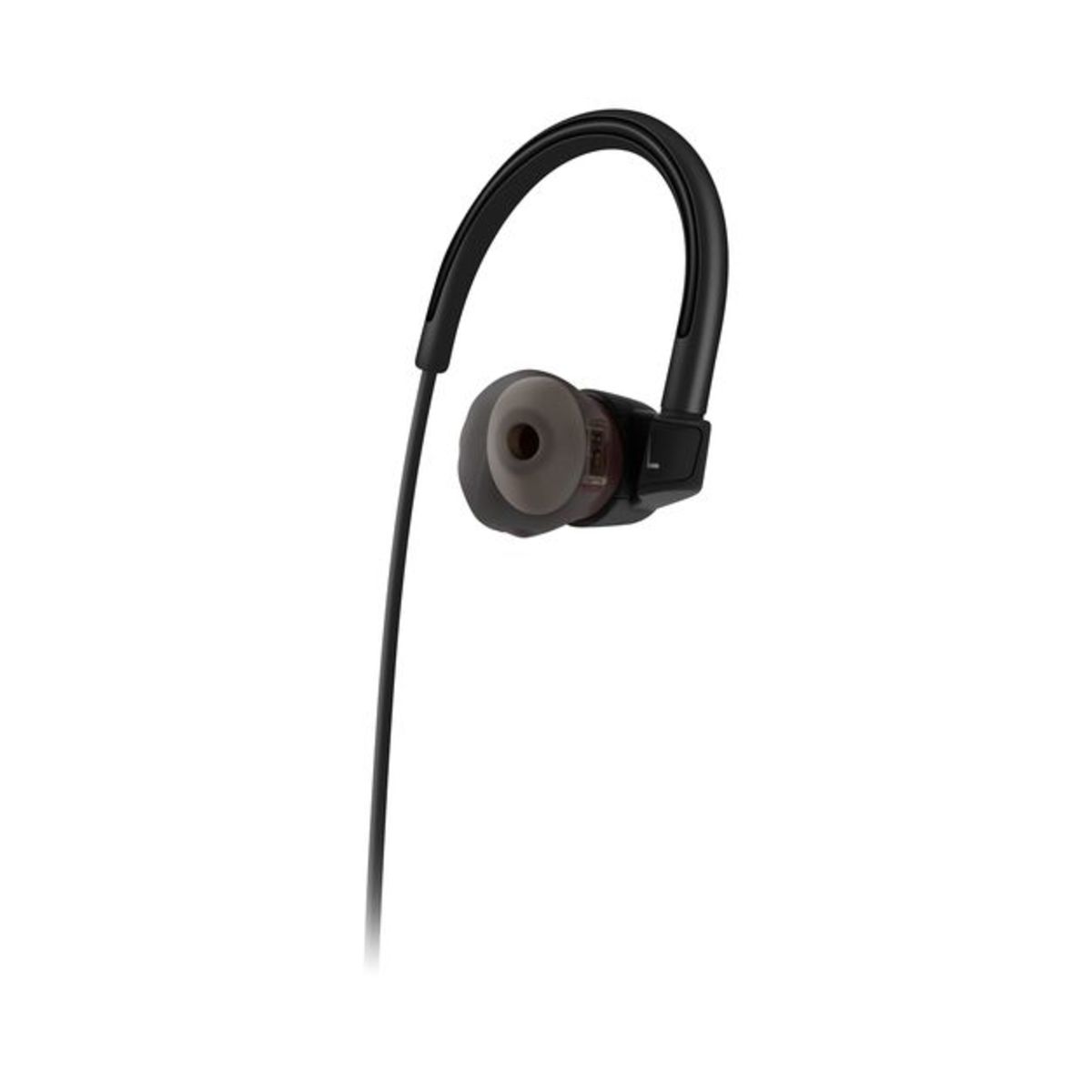All in your ears: Under Armour's new wireless headphones track heart rate too

Under Armour continues their aggressive push into the wearables market with their second collaboration with JBL: the Under Armour sport wireless heart rate headphones. Bluetooth headphones may be a dime a dozen these days, but these are different in that they offer heart-rate monitoring built right into the headphones. While they are not the first of their kind, how do they stack up against the competition?
At first glance, you can tell just by looking at the headphones that Under Armour and JBL created these with active users in mind. The over-the-ear hooks are wholly appreciated, as they can make a big difference in keeping them from falling off as you work out. Instead of the standard earbud design, these have a wide circular base with earbud tips at the ends, which are meant to fill out the concha in your ears to help keep them in place. Along with the over-the-ear hooks, the earbuds manage to stay secure in your ears even through the most rigorous workouts. I’ve tried circuit training, sprinting and high-intensity interval training (HIIT) with these earbuds on, and they’ve yet to fall off.

However, these headphones were not meant for small ears. While the over-the-ear hooks kept the headphones in place, they sat loosely against the edge of my ears and felt as if they could fall off at any moment (even if they didn’t). If the hooks were somehow adjustable or were at least a little tighter, they would feel a bit more secure. I could easily see someone with ears smaller than mine having issues with the hooks staying in place. A major downside to the sizing and fit issues is that I noticed that the heart-rate readings were completely off if the headphones weren’t tightly locked in. I’ve had the app read out resting heart-rate numbers after an intense workout if the headphones were even slightly loose.
Each pair comes with four differently sized earbud tips in the box, but if you have to swap any of them out, I can only hope that you’re able to get it right the first time—replacing them is a very frustrating process. Also, good luck trying to put a headband on while wearing these earbuds—I can tell you from first-hand experience that they do not play well together.
The 7 must-have pieces of fitness equipment for home workouts
So what advantages do these headphones offer? Once connected to the Under Armour record or MapMyFitness app, you can get coaching and updates directly through your ears without having to check a wristband or fiddle with your phone. You can either tap the right earbud to trigger a voice that reads back your current heart rate, or you can set the app to periodically read your heart rate back to you at certain intervals. It’s a nice feature and certainly comes in handy if you’re doing HIIT or prefer to focus solely on your workouts without any distractions.
An Under Armour representative claimed that the heart-rate tracking is more accurate on the headphones compared to most wrist-based trackers, but he didn’t expand on the supposed technological advantages. I used my Fitbit Charge 2 in conjunction with the headphones to compare the heart-rate tracking, and the Under Armour headphones consistently tracked at a higher pace than the Fitbit, ranging anywhere from 5-15 BPM higher. Although, the tracking on the Fitbit isn’t exactly the most accurate, so it’s tough to say which is truly more reliable. Without an EKG to test for accuracy, I can’t say for sure how accurate the heart-rate monitoring on the headphones are, but as studies have shown, most fitness trackers aren’t the most reliable indicators anyway.

The sound comes out clear, and you’re able to crank the volume up to a pretty high level. They’ll get the job done for most people, but the sound lacks bass. The sound on these headphones don’t compare to the JayBird Freedom headphones (another pair of wireless Bluetooth headphones), which I find produces superior sound.
Stick with it: Tips to stay motivated at the gym and keep your mind focused on fitness
I ran into connection issues with these headphones as well. While they never cut out completely, I often ran into skipping despite my phone being inches away from the headphones strapped to a band wrapped around my arm. Skipping happened more often with these headphones than any other set of Bluetooth headphones that I’ve ever used.
For $200, it’s hard to recommend these headphones. If you don’t have a fitness tracker and want to be able to monitor your heart rate while you work out, building that into the price doesn’t seem as bad. However, the built-in heart-rate monitor, while seemingly a good idea, was neglected more often than not. The free one-year subscription to MapMyFitness (a $30 value) is nice if you really like the app and offers some added value, but there’s too much going against these headphones to justify the price tag.
